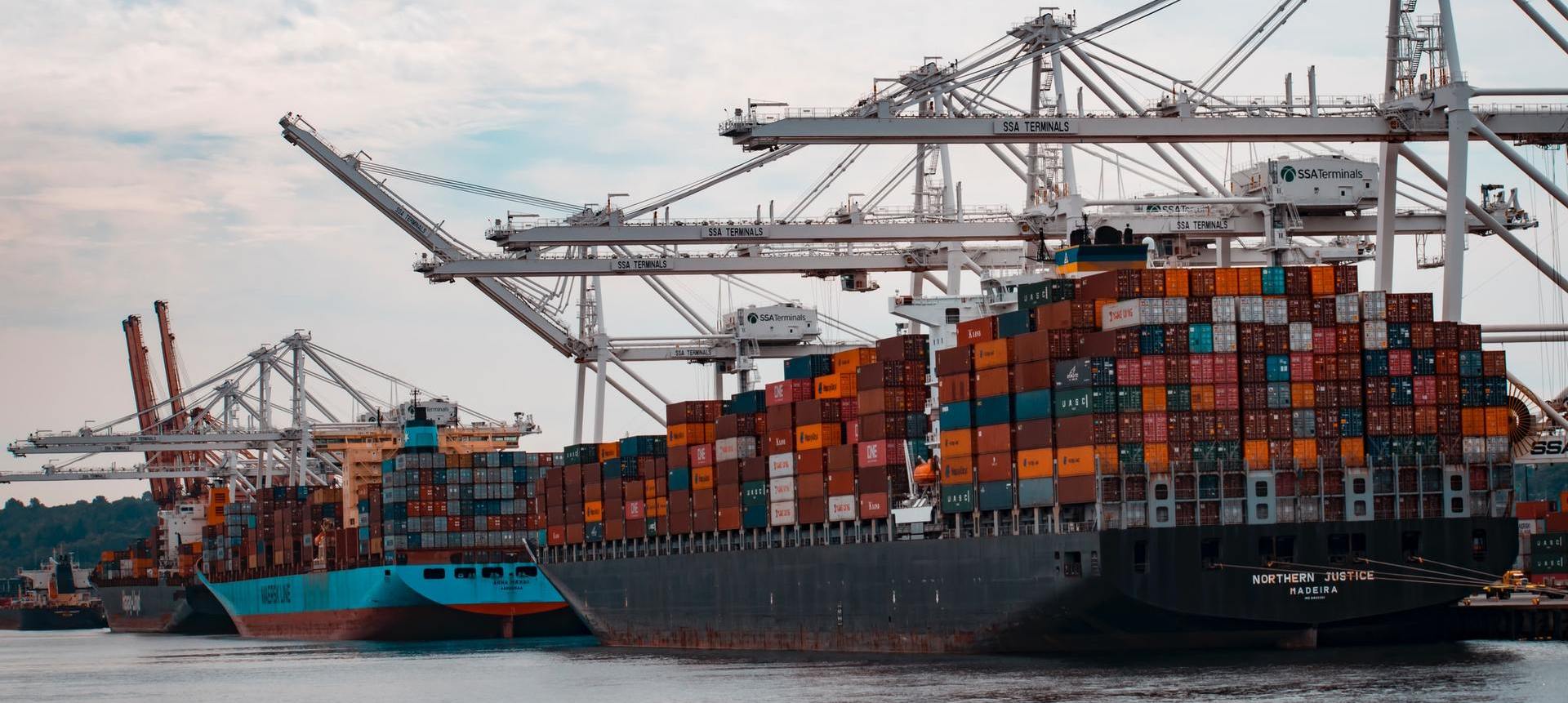What is a Bill of Lading?
Posted on 8th June 2022 at 10:33
The bill of lading (BOL) is a crucial document in the transportation process. A bill of lading is necessary to ship any goods and serves as a receipt and contract. A signed BOL certifies that the carrier has received the freight as specified and is bound to deliver it to the consignee in good condition.
The information on the bill of lading is crucial because it directs personnel's actions along the shipment's route - where it's going, how much it weighs, how it's billed. It could be prepaid or on a pay-as-you-go basis.
The bill of lading is a legally binding document that gives the shipper and carrier all of the information they need to process a shipment correctly. It primarily serves three purposes. It is, first and foremost, a document that transfers ownership of the items mentioned in the bill of lading. It's also a receipt for the things that were shipped. Finally, the bill of lading enumerates the agreed-upon terms and conditions for the goods' transportation.
A bill of lading's importance arises because it is a legally binding document that provides the information carrier and shipper required to process a shipment properly. This means that, if needed, it can be used in court and that all parties involved will take extraordinary measures to ensure the document's accuracy. A bill of landing is essentially an incontrovertible proof of transportation. A bill of lading also provides job separation, a critical component of a company's internal control architecture for preventing theft.
The primary purposes for BOL are –
It acts as a receipt for products that have been shipped.
It establishes who owns the things being carried
It also serves as proof of contract between the shipper and the carrier
It contains all of the contract's terms and conditions.
It could be used as a legal document if there is a disagreement between the parties.
The shipper (consignor), carrier (transporter), the consignee (buyer/receiver), and commodities being transported are all listed on a Bill of Lading.
The following are the details you'll discover in the document -
Number on the bill of lading
The shipper's and receiver's full names and official addresses
The shipping line's information
The freight forwarder's contact information
The date of pick-up
The name of the transport vessel
Specifications of the goods
The type of products being carried
Pallets, crates, and drums are examples of packaging materials. If the products being delivered are risky, the BL must be labelled as such and have the appropriate certification.
For more information, please contact us on +44 (0) 121 442 5330.
If you need help, our debt collection team can assist you anytime.
Share this post:



